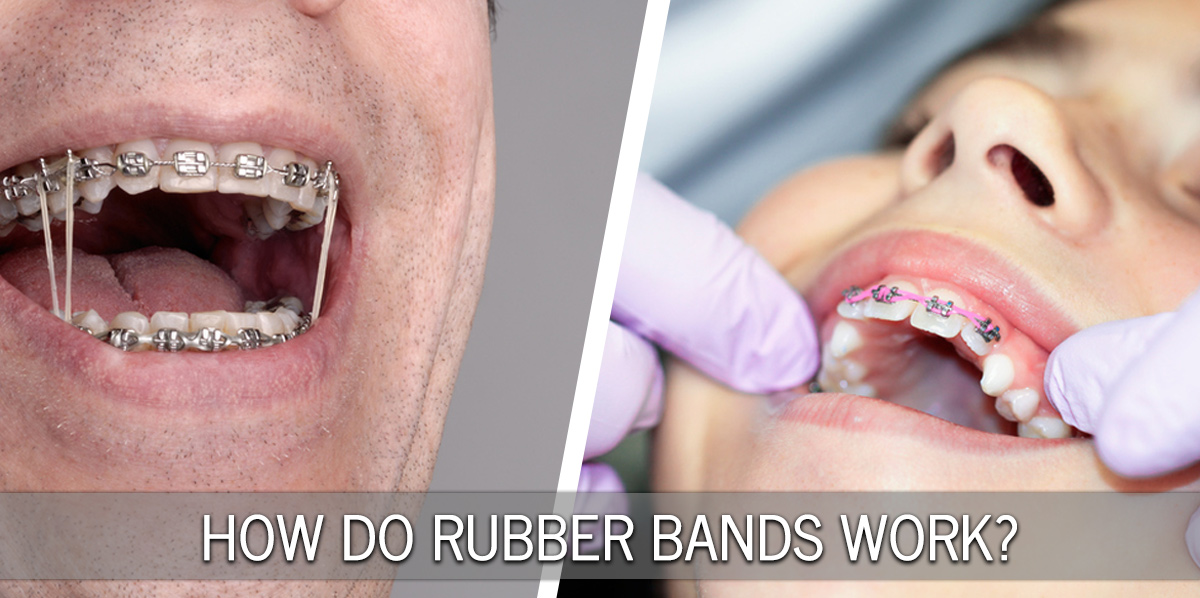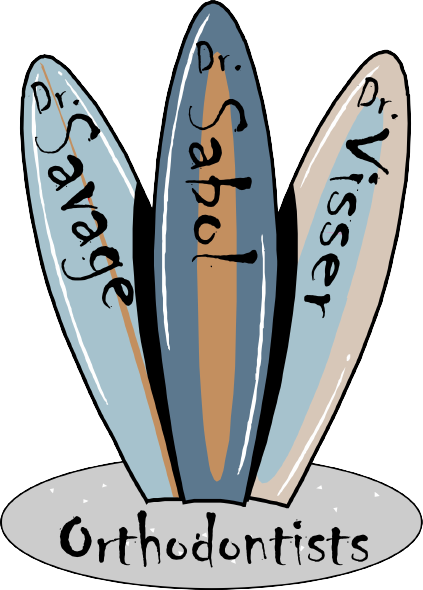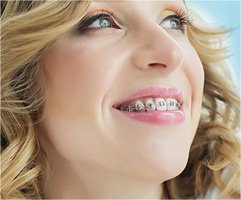If you have braces, chances are, you have rubber bands, also known as orthodontic elastics. You may wonder why you need those little elastics …after all, how powerful can they possibly be? Turns out, quite powerful. In order for your teeth and bite to be corrected during braces treatment, there needs to be tension. Those elastics provide the necessary tension to pull your teeth into alignment. Not everyone needs rubber bands, but many do. It all depends on the issues you have with your teeth and jaw.

Available in a variety of colors and lengths, these bands put force on your teeth and jaws so that they can augment or even slow down the growth of these parts of your mouth. Each bracket, mainly the molars and cuspids, features a little hook on which the elastics can be secured. Your doctor will determine the best placement for the elastics, from top to bottom, front to back or side to side. The positioning may seem complicated, and it may change each time you go in for a visit, but their placement is no accident. The orthodontist knows exactly which teeth need pressure and which don’t.
Usage
You’ll be expected to wear your rubber bands for a specific number of hours per day. Your orthodontist will give you instructions. You will remove them for eating and brushing your teeth. If you don’t take them out when you eat, you could stretch your mouth too wide and the elastics will snap. You’re usually sent home from each visit with spare elastics in case this happens. You should change your rubber bands 3 times per day. Put fresh rubber bands in after each meal.
You may be asked to wear the elastics for the full term of your braces, or you may only have to wear them for part of it. Once the orthodontist determines the teeth are where they should be, he or she will slow down the use of your elastics so as not to overcorrect.
Types
There are two types of elastics: ligatures and inter-arch elastics (rubber bands). Ligatures are tiny elastics that wrap around the individual brackets, designed to secure the archwire in the bracket slot. This is where you can get really creative, choosing from a variety of colors, or even a couple different ones at the same time. Rubber bands, or inter-arch elastics, may also come in different colors but they are larger and they pull the heavy duty work. Their job is to apply pressure to the jaw so that your bite alignment is corrected, thereby cutting down on your overbite or underbite. Top to bottom is the most common configuration.
Drs. Savage, Sabol and Visser can explain the rubber band process in more detail at your next appointment. Why not give us a call now at one of our five convenient locations?












